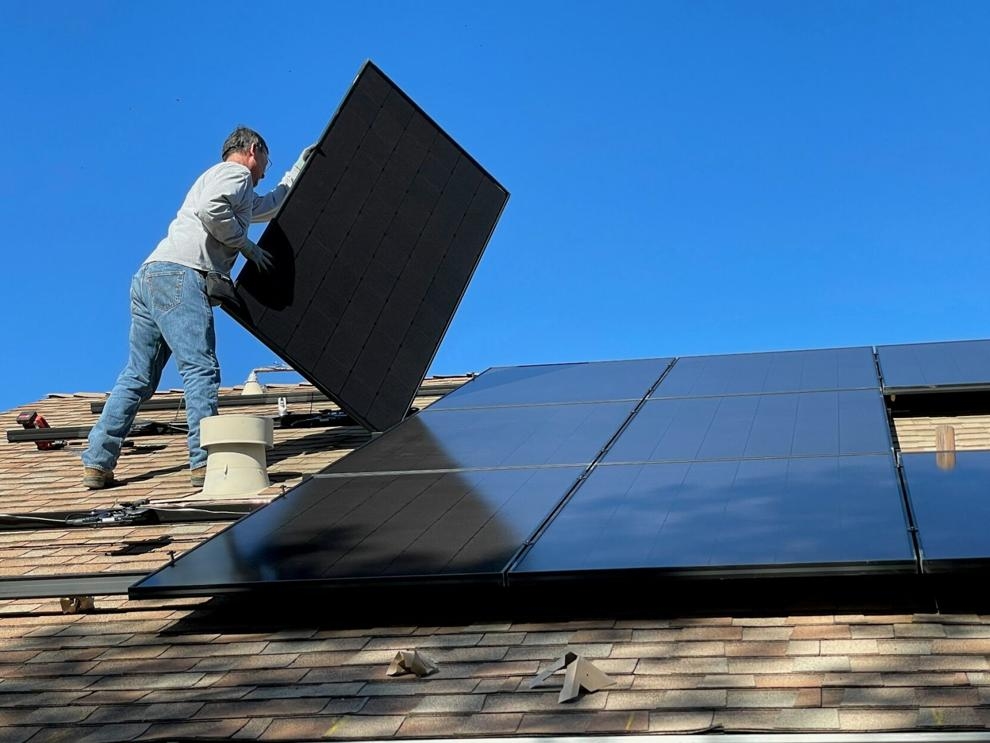Across the globe, environmental consciousness is growing. Recognizing this, many countries stress the importance of green practices and improve their homes to make them more eco-friendly. Due to their commitment, many government grants at the federal, state, and local levels are in place. These grants help people make their homes more green and energy-saving.
Let us explore these grants in two countries, USA and Canada.
Federal Grants
These federal grants are aimed at conserving energy and promoting the use of renewable sources of energy. For example in the USA, a leading program is the Residential Renewable Energy Tax Credit, which offers taxpayers credits towards their homes when they install solar panels, wind turbines, geothermal heat pumps and other renewable energy technologies.
The Weatherization Assistance Program is another key program that provides funding to low-income families to improve their household’s energy efficiency. Insulation, weatherstripping, and upgrades to heating and cooling systems are all part of this program.
In Canada, the federal government offers several programs to encourage energy-efficient home improvements. The Canada Greener Homes Grant is a notable initiative, providing Canadian homeowners with grants to undertake energy audits and implement energy-saving renovations. These can include upgrades like better insulation, more efficient heating systems, and the installation of renewable energy systems.
State Grants in the USA
There may be different handouts and rewards in each US state for making home changes that are better for the environment. These change a lot based on the policies and budgets of the state for environmental projects. As an example, states like California and New York are often the first to offer benefits for installing solar panels, building charging stations for electric vehicles, and using green building practices.
People who own homes should check with the energy office or environmental body in their state to find out what funds and rewards are available in their area.
Canada’s Provincial Grants
Similar to the USA, Canadian provinces and territories offer their own grants and incentives. For example, programs like Ontario’s Green Investment Fund, British Columbia’s CleanBC plan, and Quebec’s RénoVert tax credit provide financial support for various energy-efficient and eco-friendly home upgrades.
In both countries, these grants and incentives often require homeowners to meet specific criteria, such as conducting an energy audit through platforms before undertaking improvements, using certified contractors, or purchasing specific energy-efficient products. It’s also common for these programs to change or update periodically, so staying informed about the latest opportunities is crucial for homeowners interested in eco-friendly renovations.
How to Make Your Home Green?
Transforming your home into a greener and more sustainable space involves a series of steps that contribute to energy efficiency, reduced environmental impact, and often, cost savings in the long term. Here’s a guide with key points to consider:
-
Conduct an Energy Audit:
-
Identify areas where energy is being wasted through an energy auditing platform.
-
Get professional advice on improving energy efficiency.
-
-
Upgrade to Energy-Efficient Appliances:
-
Replace old appliances with Energy Star-rated models.
-
Consider energy-efficient lighting solutions like LED bulbs.
-
-
Improve Home Insulation:
-
Improve wall and attic insulation to retain heat during winter and keep cool in summer.
-
Seal windows and doors to prevent air leaks.
-
-
Install Renewable Energy Sources:
-
Consider solar panels for electricity generation.
-
Look into solar water heaters or geothermal heat pumps.
-
-
Adopt Water Conservation Practices:
-
Install low-flow faucets and showerheads.
-
Use rainwater harvesting systems for gardening.
-
-
Use Sustainable Building Materials:
-
Opt for recycled, reclaimed, or sustainably sourced materials for renovations.
-
Consider bamboo flooring or recycled glass countertops.
-
Incorporate steel buildings which are sustainable due to their durability and recyclability. They offer energy efficiency through better insulation properties. Steel structures are ideal for garages, workshops, or home extensions.
-
-
Optimize Natural Light and Ventilation:
-
Use large windows or skylights to maximize daylight.
-
Use energy-efficient window treatments to regulate indoor temperatures.
-
-
Plant a Garden or Create a Green Space:
-
Plant trees and shrubs to improve air quality and provide natural cooling.
-
Consider a vegetable garden or a green roof.
-
-
Implement Sustainable Waste Management:
-
Recycle and compost household waste.
-
Choose products with minimal or recyclable packaging.
-
By following these steps, you can significantly reduce your home’s environmental footprint and contribute to a more sustainable future. It’s worth noting that this approach not only benefits the environment but can also enhance your home equity. With real estate trends shifting, there’s a rising demand for greener homes for sale.
By offering these grants and incentives, the governments of the USA and Canada not only support individual homeowners in making environmentally responsible choices but also contribute to broader goals of energy conservation and reduction of greenhouse gas emissions. These efforts highlight the growing recognition of the importance of sustainable living practices in tackling climate change and promoting a healthier environment.





